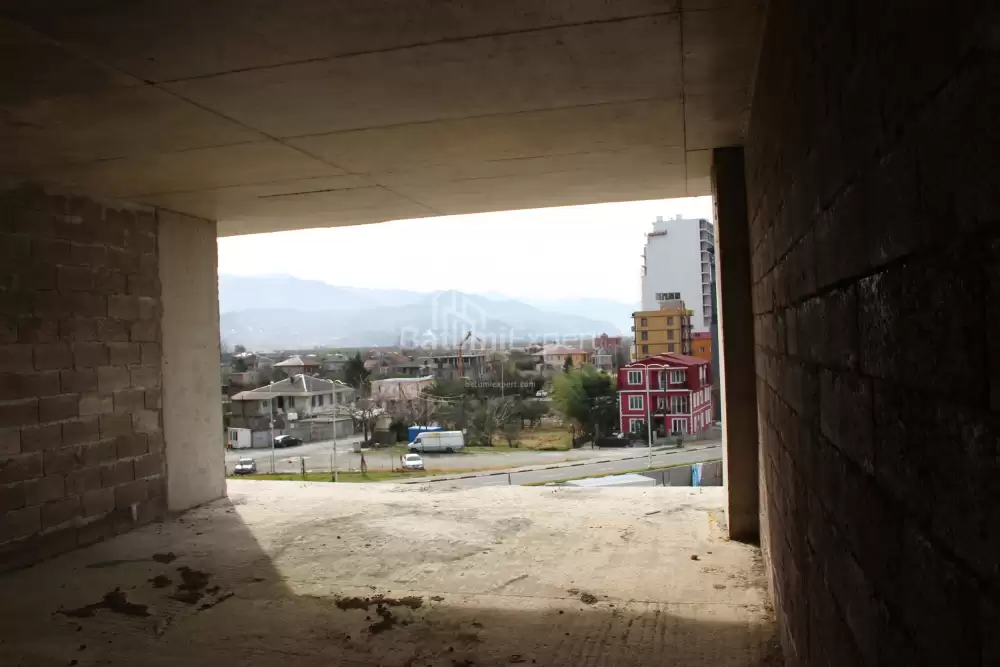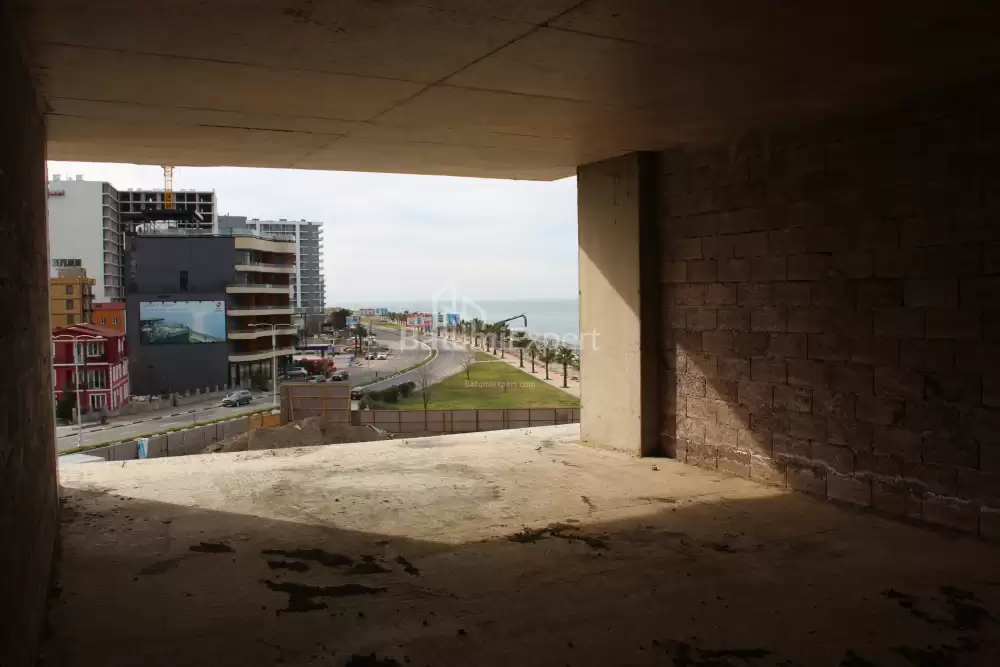All telephones
Apartment 42 m² - street Lech and Maria Kaczynski, Batumi
ID 1173
Created: 01.02.2019
About the apartment
Total area, m²: 42.29
Layout: open plan
Condition: after builders
Furnishings: unfurnished
Bathroom: not specified
Number of bathrooms: 1
Number of balconies: 1
Natural gas: not specified
Heating type: not specified
Windows type: metal-plastic
Walls type: monolithic
Elevator: yes
Rooms: 2
Floor: 4
Stories: 13
Location
- City: Batumi
- Located on the intersection of: street Lech and Maria Kaczynski- street Airport highway
- to the old city: 7 km
- to the airport: 2 km
- Distance to the sea: 0 - 200 m
Description
Send request
Useful information about Batumi and Georgia
The abundance of nature in Georgia
There are few countries in the world where nature would be so diverse as in Georgia, especially in its subtropical zone and moderate latitude. There are more than fifty natural landscapes, ranging from subtropical or semiarid light forests to marshy and nival landscapes. This diversity is due to several factors, among which the most important are: the geographical location of Georgia (the country is at the junction of tropical and temperate latitudes), its high zonality (5,200 meters above sea level) and the history of the economic use of territories for several millennia.
Georgia also has an abundance of "pristine" nature (territory), which makes up 14% of the country's total area. The natural environment in untouched form can be found both in nature conservation areas, and in alpine regions and areas with difficult terrain.
2/5 of the territory is covered with forests, which is a huge environmental resource. In Georgia, there are more than 15 thousand plant species, including more than 4 thousand seed, 75 fern-shaped and 2,600 algae. About 900 of these plants are endemic and relict.
Several hundred natural monuments located in Georgia leave a lasting impression on visitors. Including: dinosaur tracks, huge and deep caves, deep canyons, rich in endemic species, rich in water and with great energy potential of the river, various origin of lakes and glaciers, impenetrable and bright forests, semi-deserts and swamps, soils and endemic plants, etc. It is also noteworthy that the natural monuments of Georgia, a significant part of which are located in nature conservation areas, are concentrated on a small area, which gives them greater recreational significance.
The history of protected areas in Georgia is 100 years old. The first reserve was established in 1912 in Eastern Georgia, on the southern slope of the Main Caucasian Range, in the vicinity of Lagodekhi. Over the course of the century, the number of protected areas has been constantly increasing. In the Soviet period, they were created mainly with the aim of protecting the living world, giving them the status of a nature reserve or wildlife sanctuary. At the end of the 20th century, the protected territories of Georgia were given various statuses, among which national parks are especially popular. Currently, the total area of conservation areas reaches 500 hectares, which is almost 7% of the country.
Most of the protected areas are covered with forests, which testifies not only to the recreational and educational functions of these territories, but also to their environmental protection and nature restoration purpose.
Georgia also has an abundance of "pristine" nature (territory), which makes up 14% of the country's total area. The natural environment in untouched form can be found both in nature conservation areas, and in alpine regions and areas with difficult terrain.
2/5 of the territory is covered with forests, which is a huge environmental resource. In Georgia, there are more than 15 thousand plant species, including more than 4 thousand seed, 75 fern-shaped and 2,600 algae. About 900 of these plants are endemic and relict.
Several hundred natural monuments located in Georgia leave a lasting impression on visitors. Including: dinosaur tracks, huge and deep caves, deep canyons, rich in endemic species, rich in water and with great energy potential of the river, various origin of lakes and glaciers, impenetrable and bright forests, semi-deserts and swamps, soils and endemic plants, etc. It is also noteworthy that the natural monuments of Georgia, a significant part of which are located in nature conservation areas, are concentrated on a small area, which gives them greater recreational significance.
The history of protected areas in Georgia is 100 years old. The first reserve was established in 1912 in Eastern Georgia, on the southern slope of the Main Caucasian Range, in the vicinity of Lagodekhi. Over the course of the century, the number of protected areas has been constantly increasing. In the Soviet period, they were created mainly with the aim of protecting the living world, giving them the status of a nature reserve or wildlife sanctuary. At the end of the 20th century, the protected territories of Georgia were given various statuses, among which national parks are especially popular. Currently, the total area of conservation areas reaches 500 hectares, which is almost 7% of the country.
Most of the protected areas are covered with forests, which testifies not only to the recreational and educational functions of these territories, but also to their environmental protection and nature restoration purpose.



























































































































































